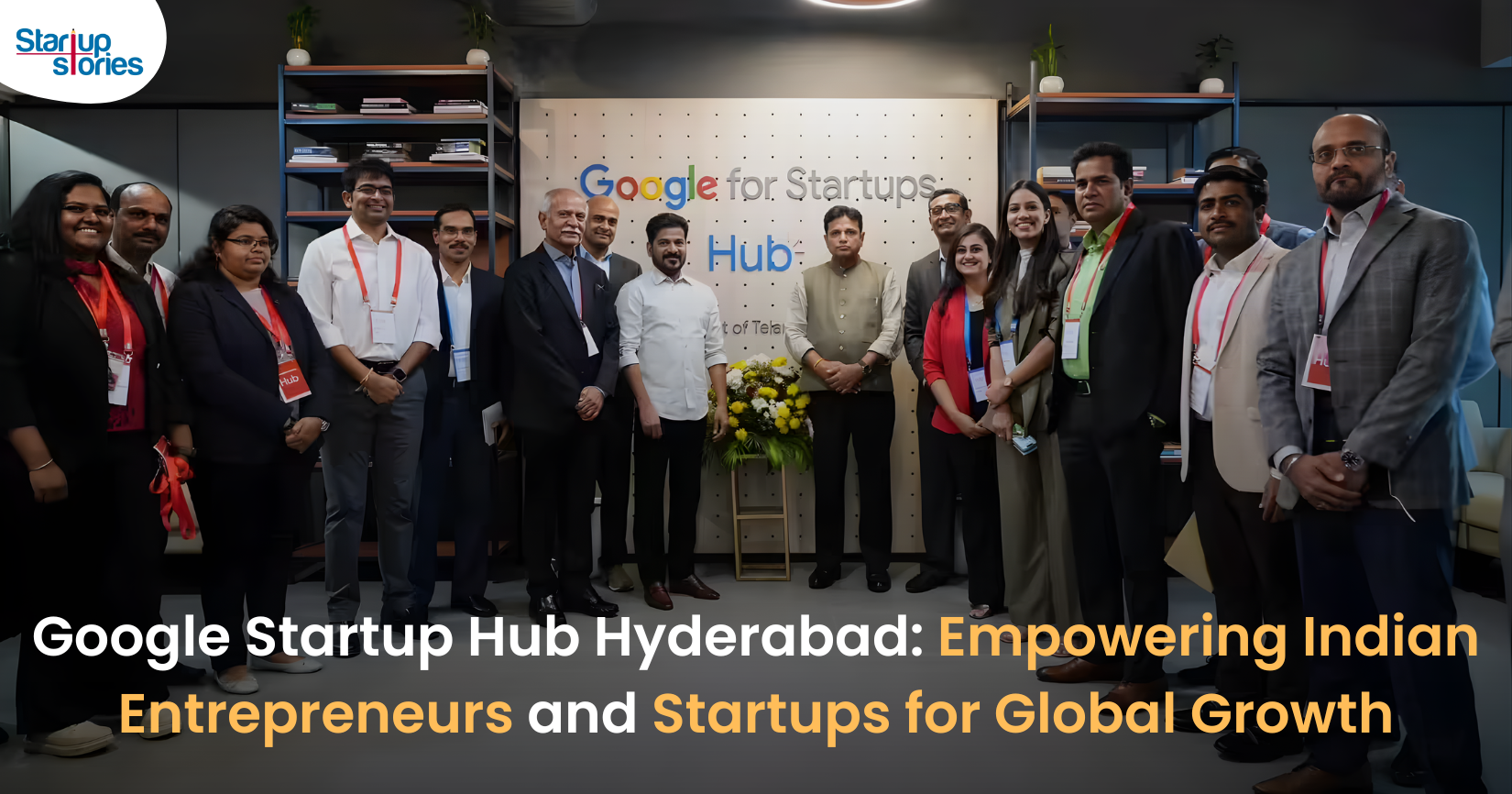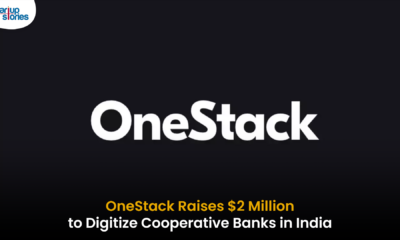News
Neil Harbisson: The World’s First Cyborg, Color Blind Artist

Humans have been using technology to improve the standard of their day to day lives and increase the efficiency of doing things. The rapid advances in technology have been met with criticism and support. One such development in technology allowed Neil Harbisson with an extreme form of color blindness “hear” visible and invisible wavelengths of light.
Neil Harbisson, a British born cyborg artist, is the world’s first legally recognized cyborg who has an antenna implanted in his head as a way to ‘cure’ his color blindness. Neil received official bionic status from the United Kingdom government officially making him a cyborg. At age 21, he co devised the antenna sensor implanted in his head that translates different wavelengths into vibrations in his skull, which he then perceives as sound.
At the World Government Summit which is a forum for government leaders to discuss technology, innovation and futurism Harrison said the antenna is not a device but an essential body organ. “I have an antenna that is implanted inside my head, which allows me to extend my perception of reality beyond the visual spectrum. I can sense infrared and ultraviolet. I also have internet connection in my head that allows me to receive colors from other parts of the world or connect to satellite so I can send colors from space,” he added.
Harbisson believes, the biggest challenge for the current generation would be designing ourselves and not the world around us. “The more we design ourselves, the less we will have to design the planet. If we had night vision when cities would be dark, we would not have to spend so much money and energy to create lighting systems. It would also be better for the environment. Also, if we could control our own temperature, we would not have to use air conditioning or heaters. We would not have to heat up the planet when it’s cold or vice versa. ”
In 2010, this cyborg activist also cofounded the Cyborg Foundation along with Moon Ribas to defend cyborg rights, promote cyborg art and support people who want to become cyborgs. In 2017, he co founded the Transpecies Society to represent those people who identify themselves as non human. The Transpecies Society aims to give a voice to people with non human identities, raises awareness of the challenges transspecies face, advocates for the freedom of self design and offers the development of new senses and organs in the community.
Harbisson is not just an advocate for the Transpecies. His art was also exhibited during the 54th Venice Biennale, at Palazzo Foscari, Savina Museum of Contemporary Art, ArtScience Museum (Singapore,) Centre d’Art Santa Mònica, Pollock Gallery, Museumsquartier (Vienna,) Pioneer Works (New York City) and at the American Visionary Art Museum, among others. He also published the Human Color Wheel in 2009 which is based on the hue and the light detected on hundreds of human skins from 2004 to 2009. The book was aimed to raise awareness and state that humans are not black or white, humans are different shades of orange, from very very dark orange to very light orange.
Ranked along with the works of Marina Abramovic and Yoko Ono, Harbisson’s work is considered to be one of the most shocking art performances ever. Pointing his antenna at different parts of a face, Harbisson writes down the different notes he hears and later creates a sound file to create a sound portrait. His work is focused on creating a new sense and creating external artworks through these new senses.
Looking at the immense work the world’s first cyborg has created, it is safe to say the future looks promising!
News
Google Launches Startup Hub in Hyderabad to Boost India’s Innovation Ecosystem

Google has launched the Google Startup Hub Hyderabad, a major step in strengthening India’s dynamic startup ecosystem. This new initiative aims to empower entrepreneurs, innovators, and developers by giving them access to Google’s global expertise, mentoring programs, and advanced cloud technology. The hub reflects Google’s mission to fuel India’s digital transformation and promote innovation through the Google for Startups program.
Located in the heart of one of India’s top tech cities, the Google Startup Hub in Hyderabad will host mentorship sessions, training workshops, and networking events designed for early-stage startups. Founders will receive Google Cloud credits, expert guidance in AI, product development, and business scaling, and opportunities to collaborate with Google’s global mentors and investors. This ecosystem aims to help Indian startups grow faster and compete globally.
With Hyderabad already home to tech giants like Google, Microsoft, and Amazon, the launch of the Google Startup Hub Hyderabad further cements the city’s position as a leading innovation and technology hub in India. Backed by a strong talent pool and robust infrastructure, this hub is set to become a growth engine for next-generation startups, driving innovation from India to global markets.
News
BMW’s New Logo Debuts Subtly on the All-Electric iX3: A Modern Evolution

BMW quietly debuted its new logo on the all-electric iX3, marking a significant yet understated shift in the brand’s design direction for 2025. The updated emblem retains the classic roundel and Bavarian blue-and-white colors, but sharp-eyed enthusiasts noticed subtle refinements: the inner chrome ring has been removed, dividing lines between blue and white are gone, and the logo now features a contemporary satin matte black background with slimmer “BMW” lettering. These enhancements showcase BMW’s embrace of modern minimalism while reinforcing their commitment to premium aesthetics and the innovative Neue Klasse philosophy for future electric vehicles.
Unlike rival automakers that reveal dramatic logo changes, BMW’s refresh is evolutionary and respectful of tradition. The new badge ditches decorative chrome and blue borders associated with earlier electric models, resulting in a flatter, more digital-friendly design that mirrors recent branding seen in BMW’s digital communications. Appearing first on the iX3’s nose, steering wheel, and hub caps, this updated identity will gradually be adopted across all BMW models—both electric and combustion—signaling a unified brand language for years to come.
BMW’s strategic logo update represents more than just aesthetic reinvention—it underscores the brand’s dedication to future-ready mobility, design continuity, and a premium EV experience. As the new roundel begins rolling out on upcoming BMW vehicles, it stands as a testament to the automaker’s depth of detail and thoughtful evolution, offering subtle distinction for keen observers and affirming BMW’s iconic status in the ever-changing automotive landscape.
News
iPhone 17 India Price, Features & Availability: All You Need to Know

Apple has officially launched the highly anticipated iPhone 17 series in India, with prices starting at INR 82,900 for the base 256GB model. The new lineup includes the iPhone 17, iPhone 17 Pro, iPhone 17 Pro Max, and the newly introduced ultra-slim iPhone Air. Apple has removed the 128GB storage variant, making 256GB the minimum for all models. The standard iPhone 17 features a vibrant 6.3-inch ProMotion OLED display with a 120Hz refresh rate and an upgraded Ceramic Shield 2 for improved durability. It comes in fresh color options like lavender, mist blue, sage, white, and black.
The iPhone 17 Pro and Pro Max models are powered by Apple’s latest A19 Pro chip and start at INR 1,34,900 and INR 1,49,900, respectively. These Pro models feature sleek titanium frames, significant camera upgrades including 8K video recording, and up to 6x optical zoom in the Pro Max. Meanwhile, the iPhone Air, priced from INR 1,19,900, is the slimmest and lightest iPhone ever, boasting a 6.7-inch Super Retina XDR display with ProMotion technology and a triple-camera setup, positioning itself between the standard and Pro models.
Pre-orders for the iPhone 17 series commence on September 12, with sales beginning on September 19, 2025. Alongside the launch, Apple has reduced prices for the previous iPhone 16 models while discontinuing the iPhone 16 Pro and Pro Max variants. The iPhone 17 series exemplifies Apple’s ongoing commitment to enhancing display technology, camera capabilities, and overall performance, setting a new benchmark for premium smartphones in the Indian market.















MM88
November 5, 2025 at 12:32 pm
Với giao diện mượt mà và ưu đãi hấp dẫn, MM88 là lựa chọn lý tưởng cho các tín đồ giải trí trực tuyến.
谷歌蜘蛛池
November 9, 2025 at 3:03 pm
利用强大的谷歌蜘蛛池技术,大幅提升网站收录效率与页面抓取频率。谷歌蜘蛛池
iwin
November 10, 2025 at 11:19 pm
iwin – nền tảng game bài đổi thưởng uy tín, nơi bạn có thể thử vận may và tận hưởng nhiều tựa game hấp
谷歌外推
November 12, 2025 at 1:30 pm
采用高效谷歌外推策略,快速提升网站在搜索引擎中的可见性与权重。谷歌外推
GO88
November 14, 2025 at 1:42 pm
Tham gia cộng đồng game thủ tại Go88 để trải nghiệm các trò chơi bài, poker phổ biến nhất hiện nay.
J88
November 15, 2025 at 12:11 am
Đến với J88, bạn sẽ được trải nghiệm dịch vụ cá cược chuyên nghiệp cùng hàng ngàn sự kiện khuyến mãi độc quyền.
MM88
November 18, 2025 at 2:41 pm
Khám phá thế giới giải trí trực tuyến đỉnh cao tại MM88, nơi mang đến những trải nghiệm cá cược thể thao và casino sống động.
Kuwin
December 1, 2025 at 7:36 pm
kuwin sở hữu kho game đa dạng từ slot đến trò chơi bài đổi thưởng, mang đến cho bạn những giây phút giải trí tuyệt vời.
DrückGlück Casino Test
December 20, 2025 at 7:55 pm
Man muss viel setzen, um den Bonus freizuspielen, besonders bei den ersten beiden Einzahlungen. Zusätzlich gibt es einen separaten ersten Einzahlungsbonus, der einen 150% Bonus bis zu 500 €/$ plus 50 Freespins bietet.
Mit Willkommensboni bis zu 6.500 € für Casinospiele, einem speziellen 150% Bonus für Sportwetten und einem 100% Bonus bis zu 500 € für eSports, gibt es Angebote für jeden Geschmack.
Im Rolletto Casino finden Sie mit Sicherheit Ihre Lieblingsspiele, denn das Portfolio beherbergt über 6.000 fantastische Casino-Spiele.
Das Bonusangebot eines Online Casinos beinhaltet natürlich nicht nur den Willkommensbonus, den neue Spieler in Anspruch nehmen können, sondern auch viele andere Bonusoptionen danach.
Erstellen Sie noch heute ein Konto und spielen Sie Rolletto-Casinospiele auf Ihre
Weise. Das mehrstufige Treueprogramm belohnt nicht nur Vielspieler, sondern steht auch Gelegenheitsspielern offen.
Mit der Rolletto Casino App – als mobile optimierte Web-App –
spielen Sie bequem auf jedem Smartphone und Tablet.
Rolletto Casino überzeugt mit einer riesigen Auswahl an Slotmaschinen, Tischspielen, Live-Dealer-Games und modernen Instant Win Spielen.
Es fühlt sich an wie eine Site, die von Leuten erstellt wurde, die
tatsächlich spielen, und das macht einen großen Unterschied.
Wenn Sie hier sind, um Spielautomaten zu spielen oder
auf Ihr Lieblingsteam zu wetten, sind Sie mit nur ein oder
zwei Klicks dort. Wenn Sie bei Rolletto spielen, müssen Sie
sich keine Sorgen um Ihre Sicherheit machen. Egal,
ob Sie Spielautomaten, Live-Casinospiele erkunden oder auf Sport wetten möchten, alles ist einfach super einfach zu
finden und loszulegen. Auf der Rolletto-Site Deutsch können Sie ganz
einfach einsteigen und spielen.
References:
https://online-spielhallen.de/vulkan-vegas-casino-login-ihr-weg-zum-spielvergnugen/